In this Madden Tips breakdown, we are going to show a few different pass protection schemes that we have used in madden over the years. There have been plenty of tools to help improve pass protections in the game. For that reason being able to counter nanos and enhance blitz schemes has greatly improved. We are going into great depth looking at using those protection scheme tools to help keep your quarterback standing upright so he can do his job and that's to throw the ball to the open receiver.
Offensive Linemen Pass Protection Capabilities
Pass protection all starts upfront with the big men along on the offensive line. If they can't pass protect, you have very little chance to succeed in the passing game.
To start, you can look at the overall rating (OVR) for each of your offensive linemen to get a general idea for their abilities, but if you want the full story, you have to look a bit deeper.
The key pass block ratings to look at for each of your offensive linemen are pass block strength (PBS), pass block footwork (PBF), and awareness (AWR). These key pass block ratings will give you an idea of how quickly your linemen will recognize threats and of their ability to get into position and hold off pass rushers.
Creating a Comfortable Pocket
The pocket or so-called safe area is a term used in football to describe the area in the backfield that is created on a passing play where the offensive line forms a wall of protection around the quarterback to protect him. This allows the quarterback adequate time to find an open receiver and to pass the ball.
The offensive line will drop back slightly, creating a protected area that looks like a backwards triangle for the quarterback to find an open receiver and get rid of the ball.
Madden Guides Tip: A good offensive lineman may be able to sustain blocks and keep defenders at bay, but up against a stud defender the quarterback had better be able to operate in the pocket to make sure that he has enough time to deliver the throw downfield.
Picking Up ON Your Opponents Blitz Tendencies
We know what you are thinking, how do I know if my opponent is blitzing the nickelback or for that matter other defenders? Well, the best advice we can tell is to pick up on tendencies. Does he like to run the same blitz? Does he use the same few defenders as his primary blitzers? Is this there any pre-snap adjustments that he makes that are always the same when he calls specific formation? Their many other tendencies to watch for that will help you determine when and how to set up your pass protection schemes.
Madden Guides: The abilities of your quarterback will dictate your approach to the passing game, but no matter how good your QB is, he can't throw the ball when lying on his back. You've got to have time in the pocket to be effective.
Slide Protection 101
There is a natural flow to the game of football, and when we talk about it we want to keep within an ordered framework. We have looked at the new pocket and how the offensive line blocks this year. We also looked at how to navigate the pocket with the quarterback in the most efficient way, while giving us the best percentage for completing a pass.
Now we want to look at ways to make sure the quarterback has enough time to get the pass off. Slide protection gives the human user the ability to change his offensive line blocking scheme just like he can change or audible into different plays based on what he reads the defense is doing before the snap.
Slide Protect Right
How It Works:
Press the LB/L1 in any direction.
Press right on the right stick to have the offensive line slide protect to the right.
Strengths
• The RT is in a better position to counter heat from the LE.
• Counters overload to the right side of the offensive line.
• LT tackle looks to block backside blitz.
• If no defender lines up over LG, he will look to help block backside if blitz comes from that side of the field.
Weaknesses
• The QB is at greater risk of being sacked by the RE.
• Overload blitz schemes that set up from the left side of the offensive line.
Slide Protect Pinch
How It Works:
Press the LB/L1 in any direction.
Press down on the right stick to have the offensive line slide protect inwards.
Strengths
• Counters the heat from the inside.
Weaknesses
• Defensive ends are often not blocked and have a free shot at the QB.
• Don't use it if the defensive line is spread out.
Slide Protect Left
How It Works:
Press the LB/L1 in any direction.
Press left on the right stick to having the offensive line slide protect to the left.
Strengths
• The LT is in a better position to counter heat from the RE.
• Counters overload to the left side of the offensive line.
• RT tackle looks to block frontside blitz.
• If no defender lines up over RG, he will look to help block frontside if blitz comes from that side of the field.
Weaknesses
•.The QB is at greater risk of being sacked by the LE.
• Overload blitz schemes that set up from the right side of the offensive line.
Max Protect Schemes
During your football gaming experience sometimes it may be necessary to use a form of max protection when trying to pass the ball. This normally happens when a player sets up a high-pressure defense known as a “nano” and forces us to alter our protection outside of just using the slide protection feature. The downside of using max protect pass blocking schemes is if your opponent doesn't blitz and set them up, you limit yourself on the amount available options to throw to in the passing game.
In the image above, maximum protect set up by having all 5 five offensive linemen block, plus the halfback, fullback and tight end staying in to protect the quarterback.
Madden Guides Tip: As much as we like to use max protection because it's a sound pass protection scheme, we like to make sure we use it when we are pretty sure our opponent is bringing the heat otherwise we cut ourselves short on receivers to throw to.
Using the Tight End as a Blocker
There are times when even all of our preparation and the use of the slide protection can't help slow down the defense. Sometimes this is because of the talent of the personnel on defense, and sometimes it's because the opponent has a highly effective blitz set up that tricks the blocking logic of the line. At these times, we must use multiple offensive players to help add protection such as using the tight end.
Using the tight end to pass block is an excellent way to keep your opponent from getting to the quarterback. By leaving the tight end to pass block, it changes up the pass blocking logic. For example, rather than the right tackle blocking the left end by himself, the tight end will also look to block left end.
By having the tight end stay in to pass block, he can keep pick up a blitz or block a defensive end, allowing the five offensive linemen to block other pass rushers.
Using Backs as Blockers
Taking the tight end out of the passing game may not be an option for everyone. Some teams don't have two solid wideouts, so if you take away the tight end then that puts more pressure on the wideouts to get open. If the team you like to play with is set up this way, then using a back as a blocker could be a better option.
The most common back used to block out of the backfield is the fullback. Mainly because his pass block rating is higher than than the halfbacks. Plus fullbacks tend less skilled at pass-catching than half-backs. However, some fullbacks excel with the skill so be sure to check your roster to see if you have a gem at fullback who can both block and catch the ball out of the backfield.
In the image above, the fullback picks up a blitzing linebacker, thus helps give the quarterback time he needs to find the open receiver.
WR as a Blocker
One of the old school pass protection techniques used is to add a receiver to block to help against nanos or other types of blitz setups that bring quick pressure on the quarterback.
In the play above, the slot receiver is running a corner route by default.
By sending the slot receiver in motion to the right …..
….. and snapping the ball before he gets outside of the right tackle, he will instead stat in to pass block.
Once the ball is snapped, the slot receiver blocks a blitzing linebacker.
Madden Guides Tip: Don't forget the tight end can be a sub in for the receiver in the slot, thus allowing for a better pass blocker to block the nickelback.
Max Protect Schemes
During your football gaming experience sometimes it may be necessary to use a form of max protection when trying to pass the ball. This normally happens when a player sets up a high-pressure defense known as a “nano” and forces us to alter our protection outside of just using the slide protection feature. The downside of using max protect pass blocking schemes is if your opponent doesn't blitz and set them up, you limit yourself on the amount available options to throw to in the passing game.
In the image above, maximum protect set up by having all 5 five offensive linemen block, plus the halfback, fullback and tight end staying in to protect the quarterback.
Madden Guides Tip: As much as we like to use max protection because it's a sound pass protection scheme, we like to make sure we use it when we are pretty sure our opponent is bringing the heat otherwise we cut ourselves short on receivers to throw to.
Final Thoughts
Hopefully, this Madden Tips breakdown of using different types of pass protection schemes will give you a better idea of how to counter pressure in Madden.

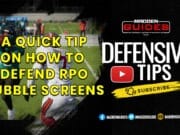
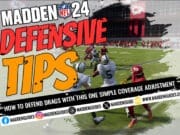
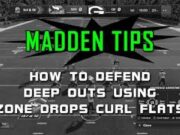
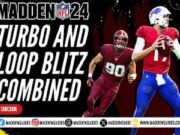
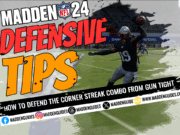

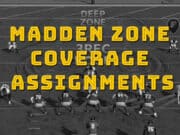
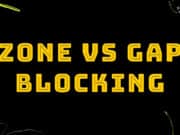
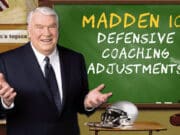

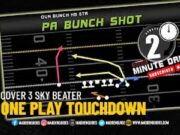
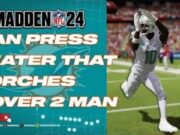
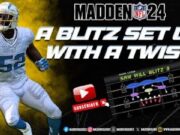
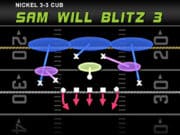
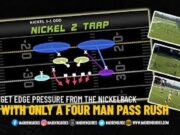
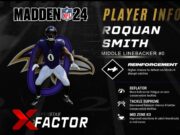
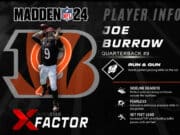
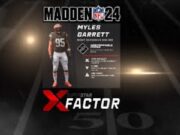
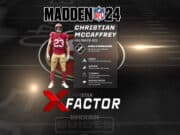
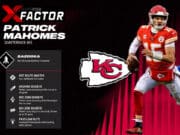
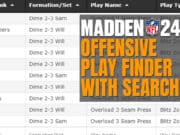
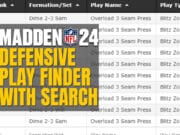
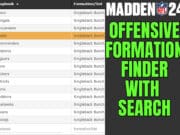
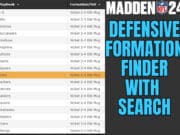
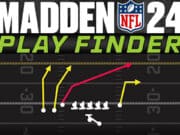
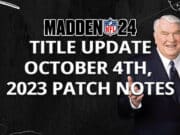
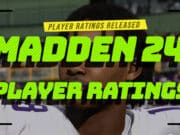
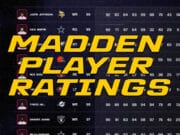
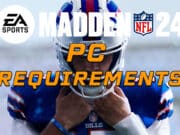
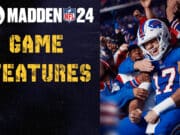
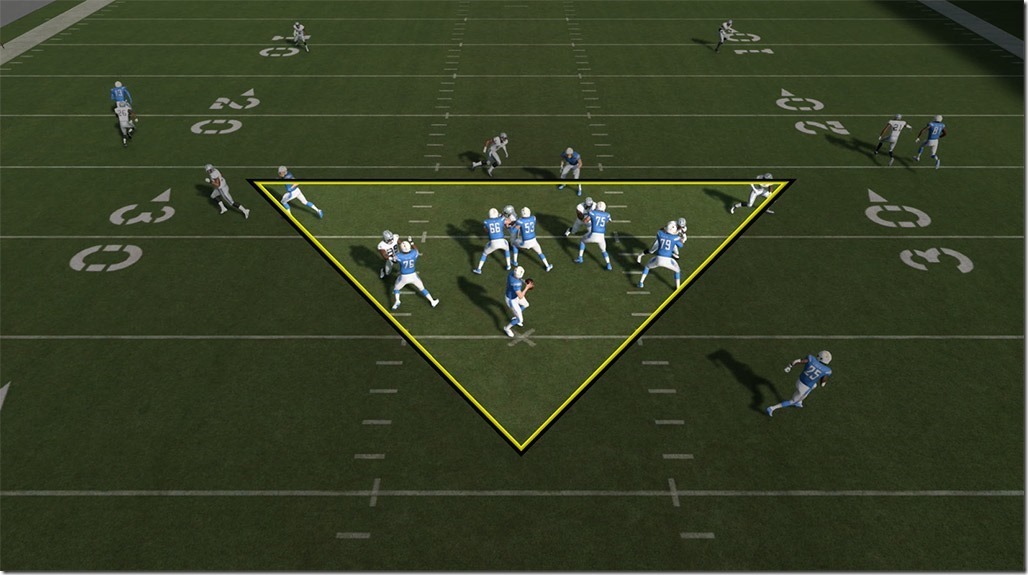
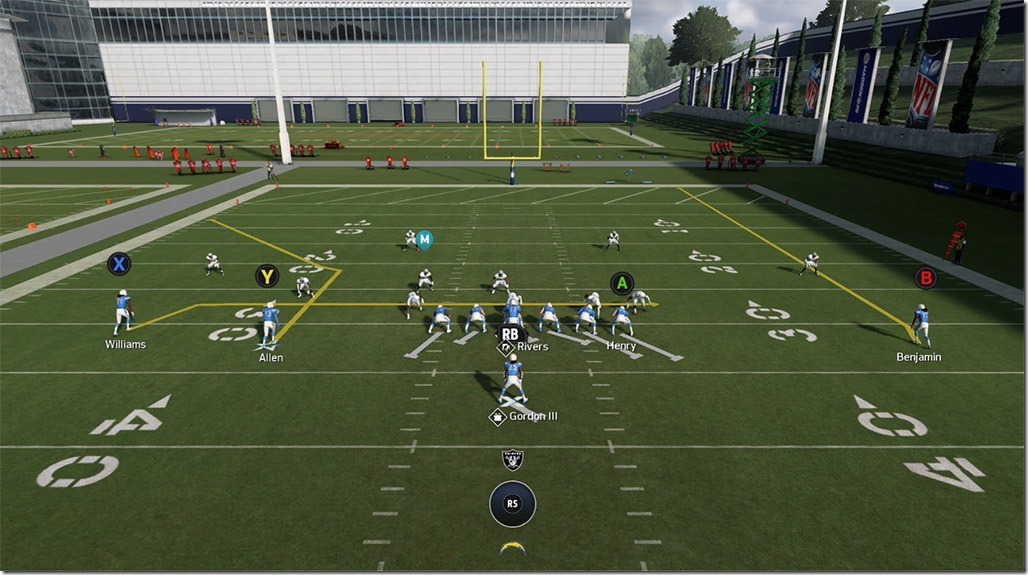
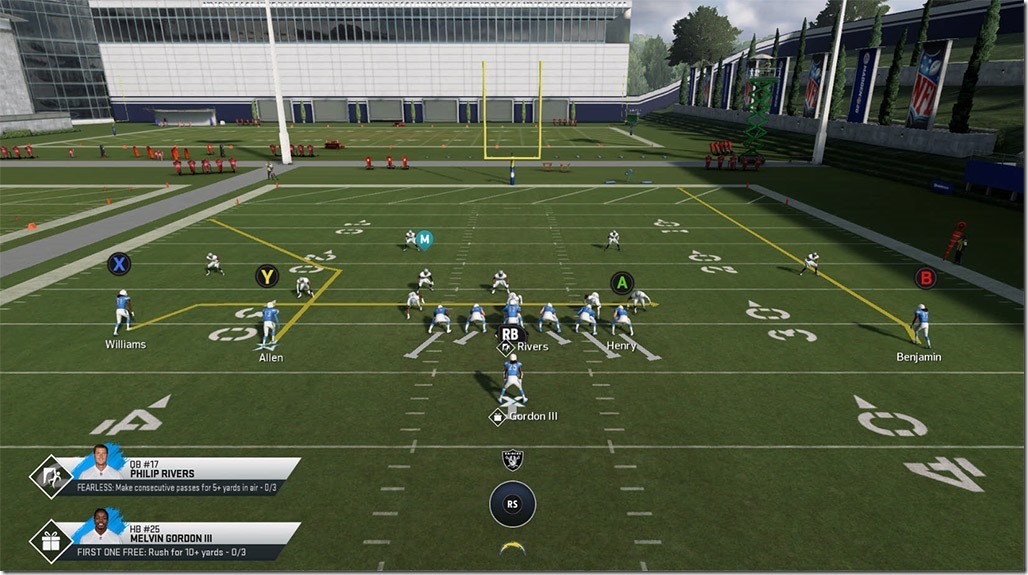
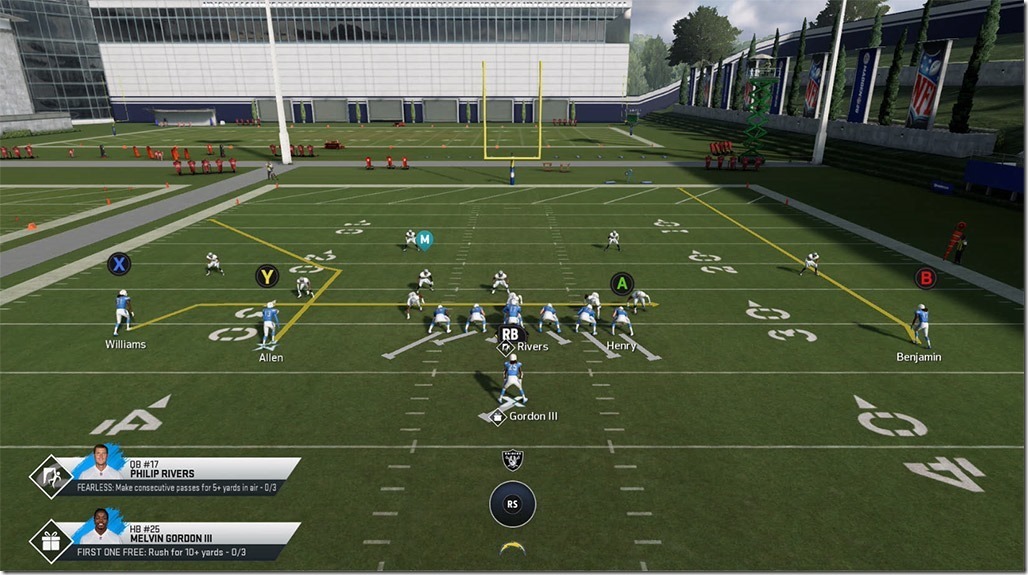
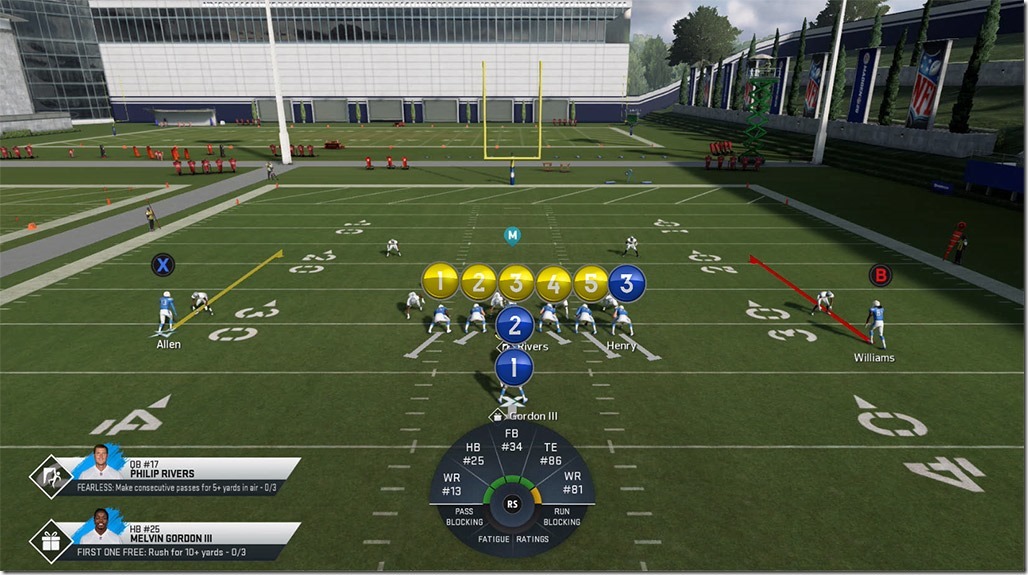
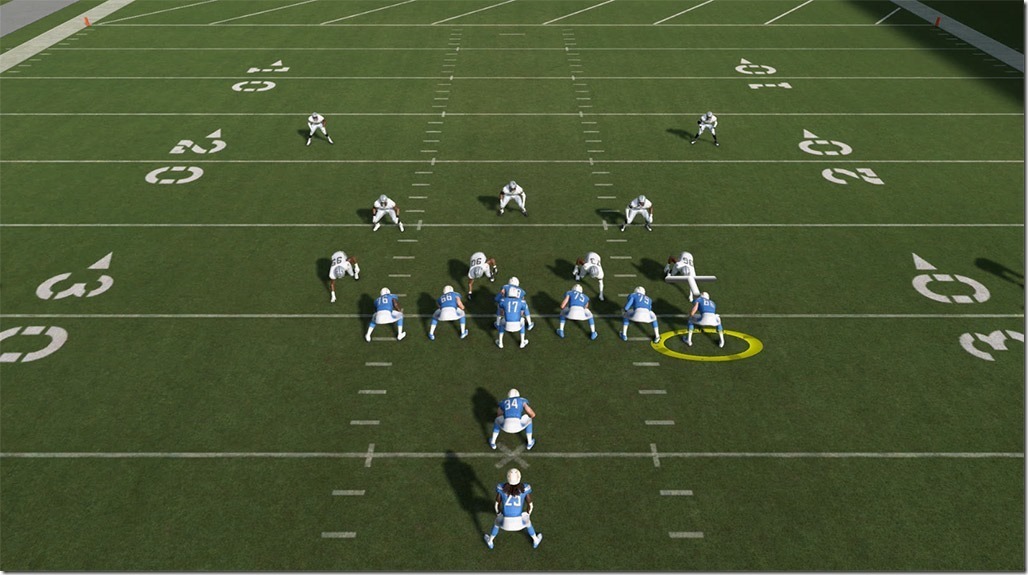
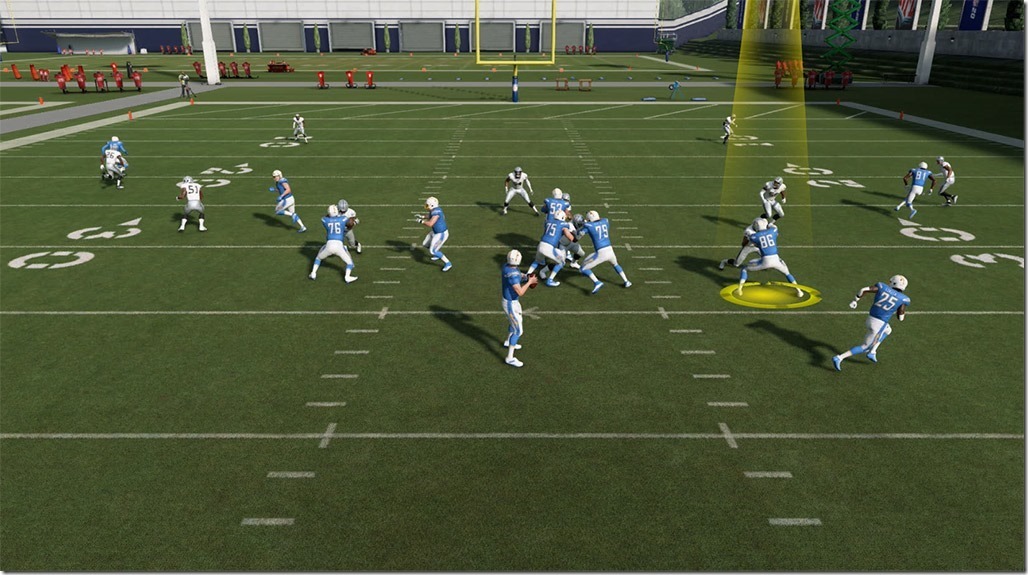
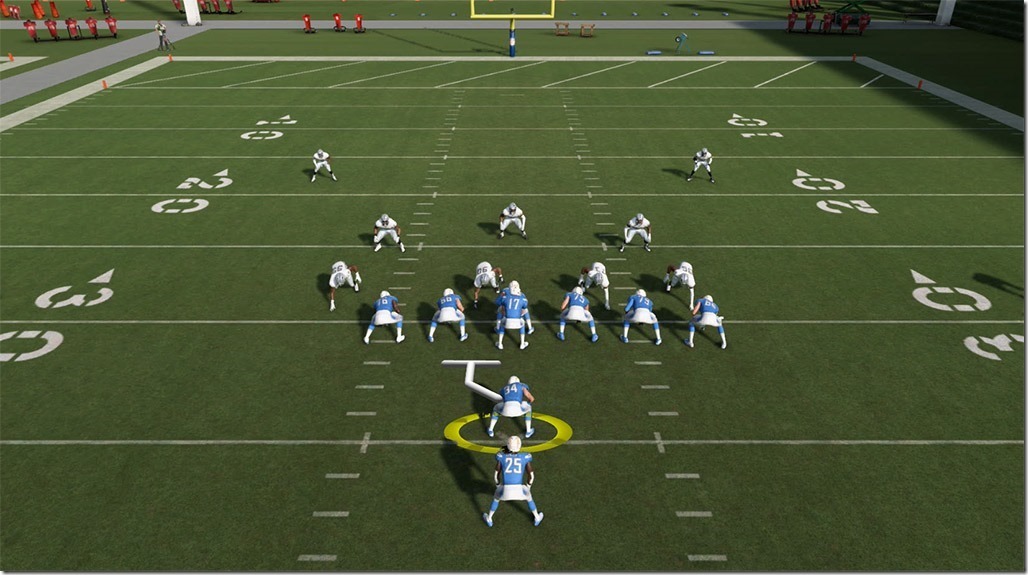
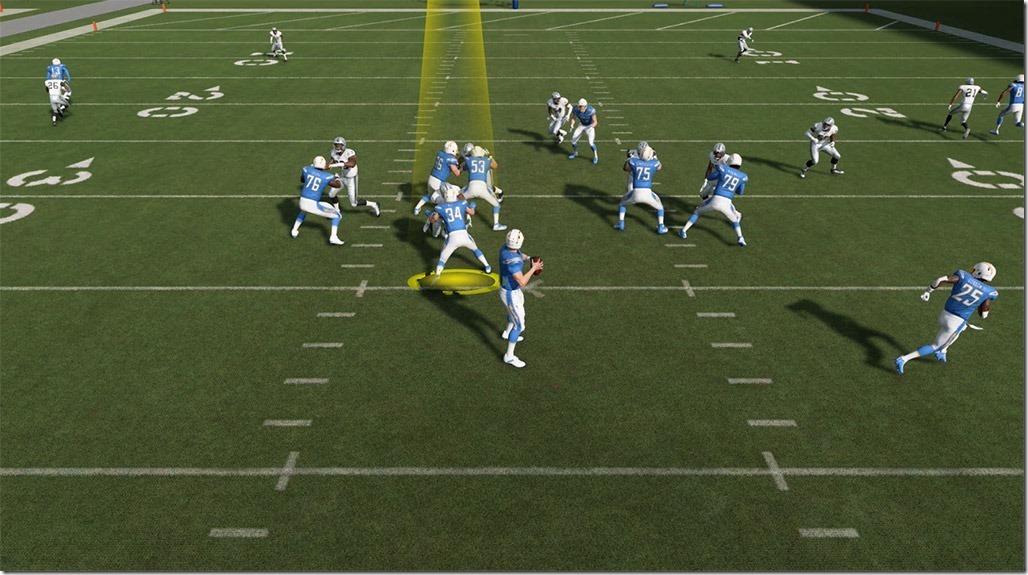
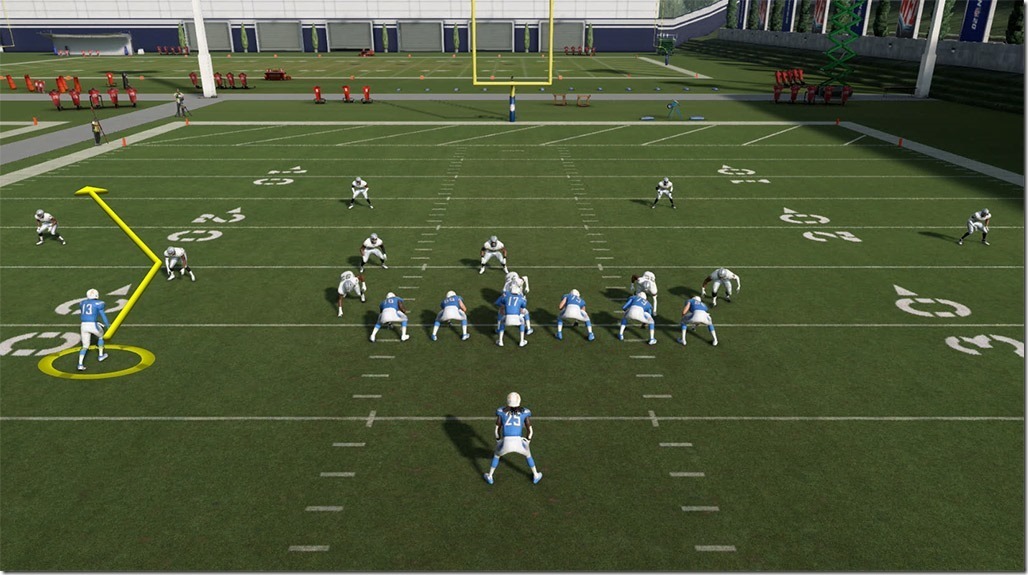
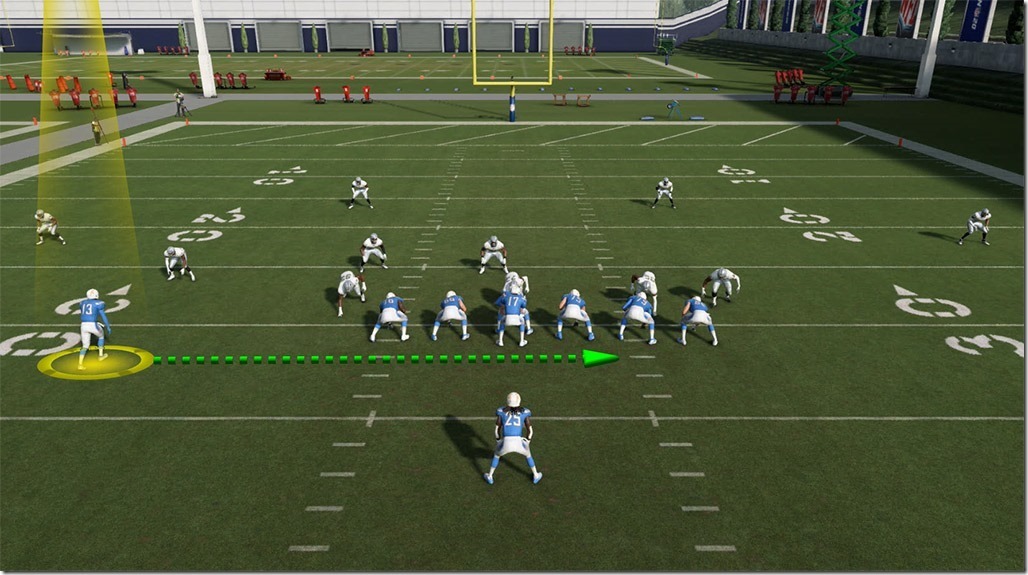
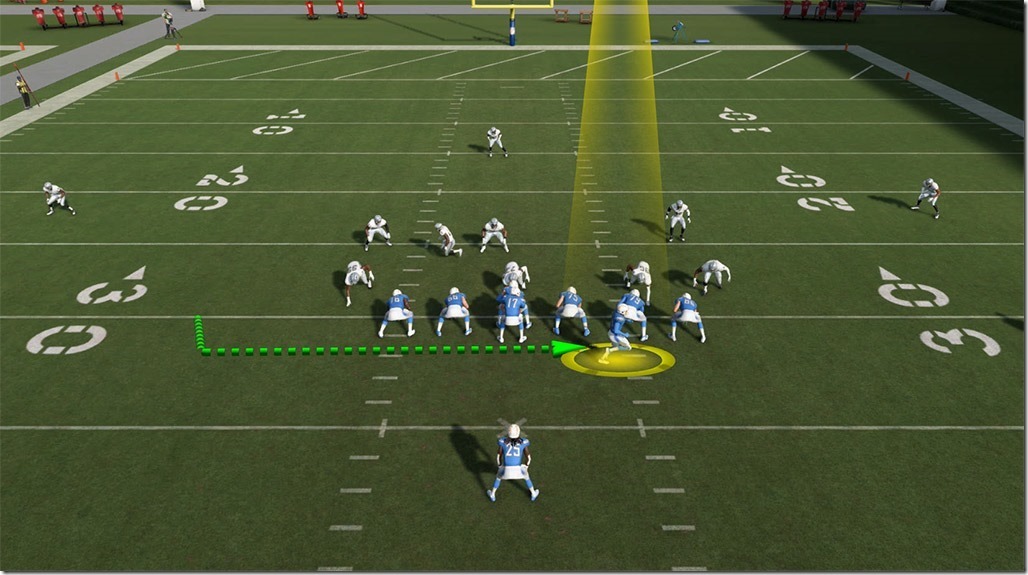
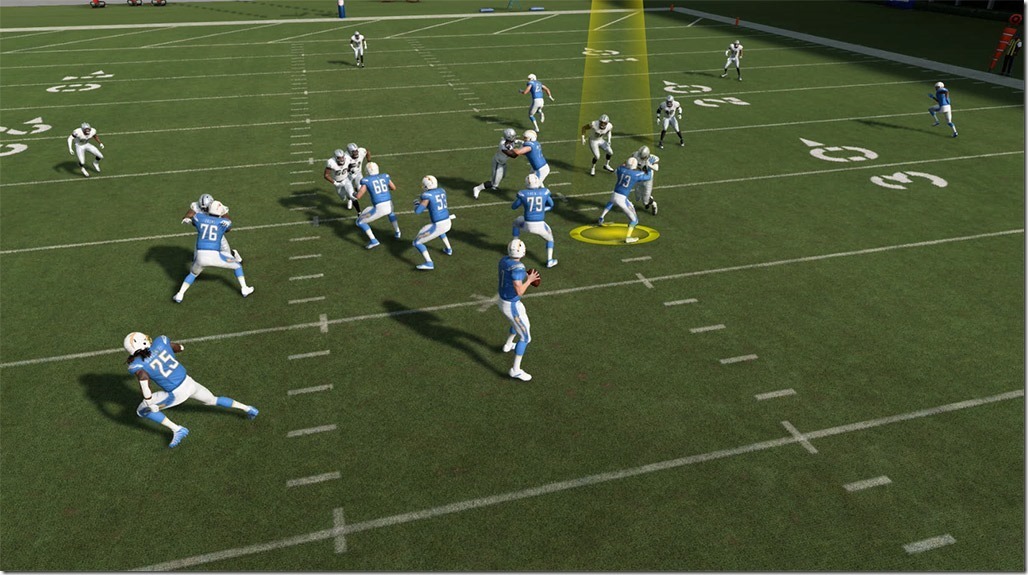
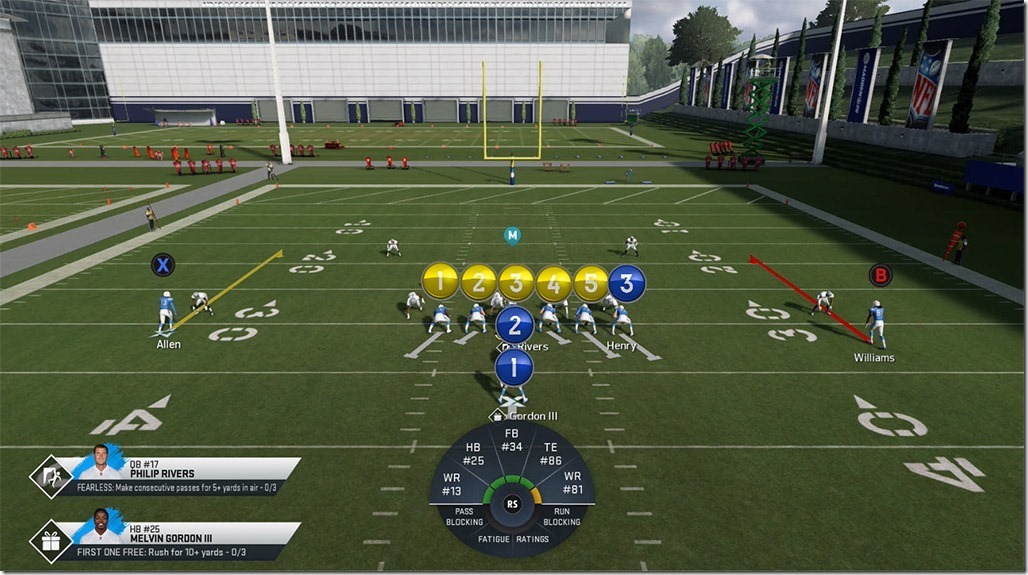
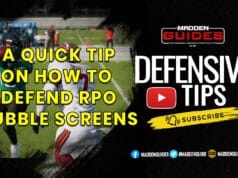
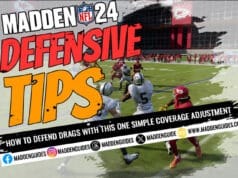
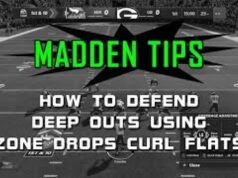




Great stuff as always. Not only are you guys teaching the video game. You’re teaching football. That’s why you’re the best.
Agree with Nick
Glad you are back at it Kobra!!
What are your thoughts on slide protection for run plays in M20?
Thanks Dave and Nick, glad to be back. Dave I have not messed slide protection for run game. I do know in the pass some have used it.
The Goat of Xs and Os is back! Hope all is well my friend!
Shop, thanks. I appreciate it.
Kobra